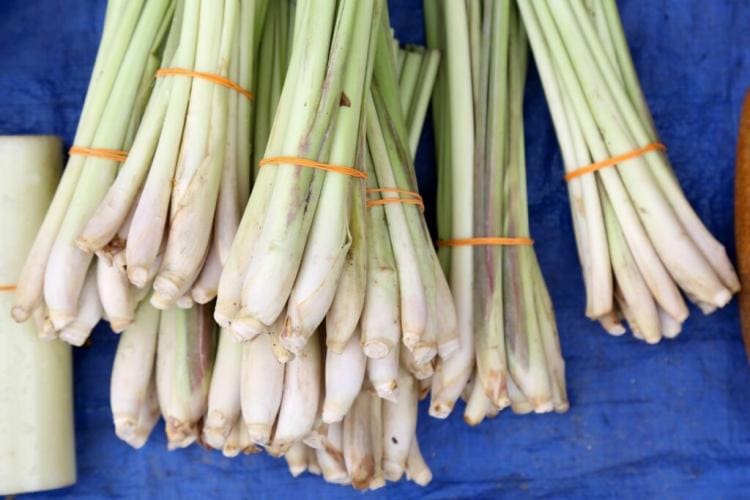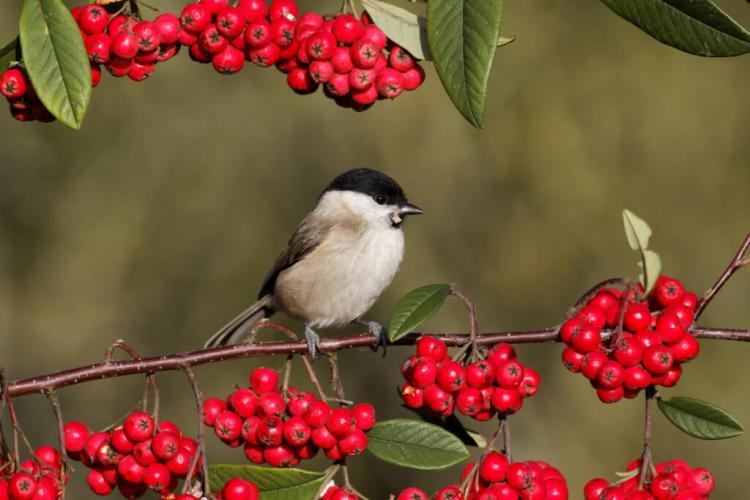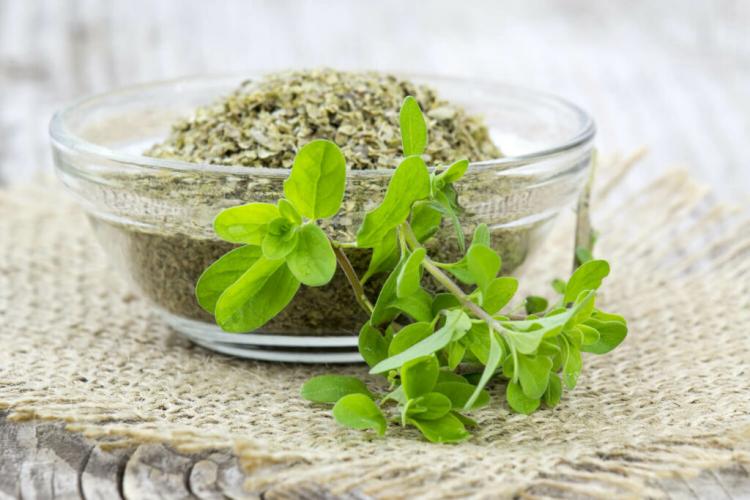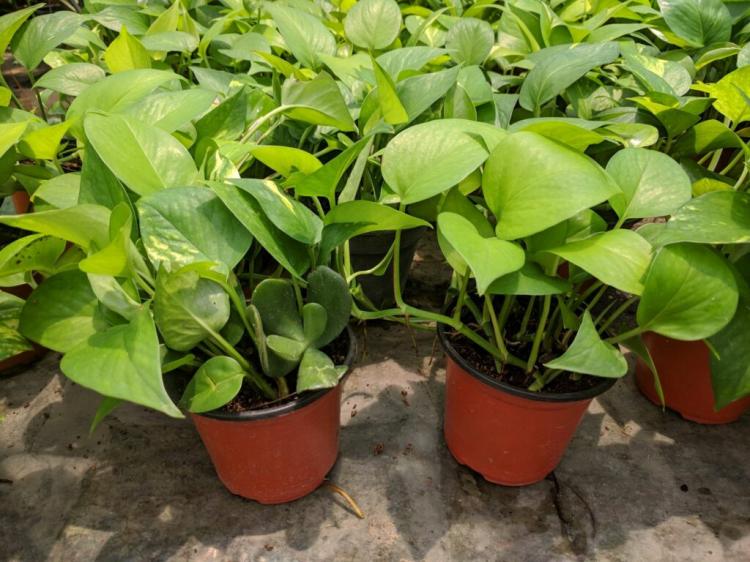Recognizing wild garlic: 13 differences to lily of the valley & autumn crocus
When collecting wild garlic, you should not confuse it with the poisonous doppelgangers lily of the valley and autumn croissants. But how do you recognize wild garlic?
Recognize wild garlic: Difference from poisonous doppelgangers
Table of Contents
Bear's garlic is not only delicious and healthy, it is also supposed to awaken bear's strength. When collecting, however, you have to be able to recognize your poisonous doppelgangers. Because every year several dozen people in Germany poison themselves from autumn crocus or lilies of the valley. While the foliage of the doppelganger is confusingly similar to that of the wild garlic, the appearance of the flowers and the smell serve as clear distinguishing features. We have put together the most important distinguishing features for you with pictures below. So nothing stands in the way of a delicious and safe wild garlic harvest.

In spring, entire forest sections can be overgrown with wild garlic [Photo: anitram / Shutterstock.com]
Differentiation: wild garlic and lily of the valley
The following characteristics of wild garlic and lily of the valley can help you distinguish the two plants from one another:
- Occurrence: alluvial, deciduous and mixed forests
- Flowering period: April to June
- Odor: Intense garlic odor
- Matt underside of the sheet
- Delicate foliage
- Leaves grow out of the ground on individual stems
- Larger / older leaves hang down
- Has an intense smell of garlic

The wild garlic flowers are star-shaped and arranged in an umbel [Photo: Peter Turner Photography / Shutterstock.com]
- Occurrence: Forests and gardens
- Flowering period: May to June
- Smell: leaves neutral, flowers intensely fragrant, no garlic odor
- The underside of the leaf is quite similar to the upper side; not matt
- More solid foliage
- Two leaves grow per stem
- Leaves upright
- Doesn't smell like garlic
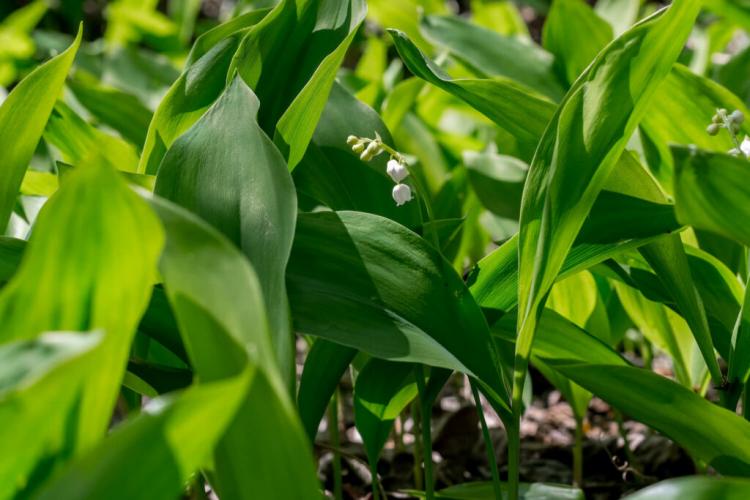
Leaving lilies of the valley grow upright with two leaves per stem [Photo: Juga2014 / Shutterstock.com]
Differentiation: wild garlic and autumn crocus
The autumn crocus also has some features that can be used to differentiate it from wild garlic:
- Occurrence: meadows, rarely in forests
- Flowering: not until autumn
- Odor: leaves neutral, no garlic odor
- Leaves: growing upright; several leaves emerge from the ground from a stalk; envelop the fruit capsule inside

In the leaf sheath of the autumn timeless there is a large flower bud [Photo: theapflueger / Shutterstock.com]
Summary: recognize and distinguish wild garlic
The simplest distinguishing feature between wild garlic and its poisonous doppelgangers is the smell. While the wild garlic leaves smell intensely of garlic, the leaves of the lily of the valley and the autumn crocus have a neutral odor. The flowers of the lily of the valley smell intense and pleasant, while those of the wild garlic smell like garlic. However, the smell can also be deceptive if a layman has mixed leaves of his poisonous doppelgangers under his wild garlic harvest. Then our sense of smell is mostly saturated and quickly overwhelmed.
Recognize wild garlic: The plant is mostly found in floodplain, deciduous and mixed forests. The small, white flowers appear between April and June. Even a little pressure leaves pressure points on the wild garlic leaves, which also release its intense garlic odor. In contrast to its doppelgangers, the underside of the leaf is matt. Only one leaf grows per stem. The larger, more developed leaves hang down slightly, especially in April.
Recognize lilies of the valley: Lilies of the valley are mainly found in forests and gardens. The intensely fragrant flowers appear between May and June. The leaves smell neutral and especially not of garlic. The top of the sheet is quite similar to the underside and is not matt. The foliage is firmer and significantly less sensitive to pressure than that of the wild garlic. From each stalk arise two leaves, the growth of which is upright and not drooping even in the advanced stage of development.
Recognize autumn crocus: These occur mainly in meadows and extremely rarely in forests. Conversely, wild garlic is not found in open meadows. In autumn crocus, several leaves arise from the ground / per stem and enclose the fruit capsule inside, which only blooms in autumn. The odor of the autumn crocus is neutral and not garlic-like.
Better to be on the safe side when collecting wild garlic, preferably by growing the delicious vegetables yourself. You can find out how to plant wild garlic in your own garden in this article.
The Plantura team wishes you a successful wild garlic harvest with lots of delicious dishes.

